As per tradition, the Sundance Film Festival in (extra) snowy Park City ushers in a new frontier for the future of film and television. While most of the hype surrounds the features, Lauren Chouiard recognizes that the true bedrock of artistic progress lives in the short film programming.
Here’s the Cream of the Crop from the 2025 Sundance Film Festival Short Film Programs.
ANIMATION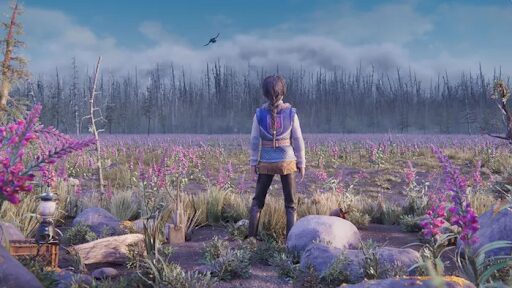
INKWO FOR WHEN THE STARVING RETURN
Director: Amanda Strong
A breathtaking piece of stop-motion animation that took eight years to make, INKWO is adapted from the graphic novel WHEETAGO WAR and weaves together Indigenous storytelling, two-spirit identity, and a call to protect the planet. Directed by Amanda Strong, the film follows Dove, a genderfluid warrior, as they grapple with their identity while harnessing the power of Inkwo to combat spirit-stealing creatures. Each frame of the film is bursting with intricate textures and vivid contrasts between the natural world and the eerie, monstrous threats that seek to consume it. The fusion of folklore and dystopian urgency reinforces the importance of Indigenous wisdom in the fight for our future. It’s no surprise that INKWO is already set to expand into a limited series—this world is too rich, too compelling, to be contained in just one short film.
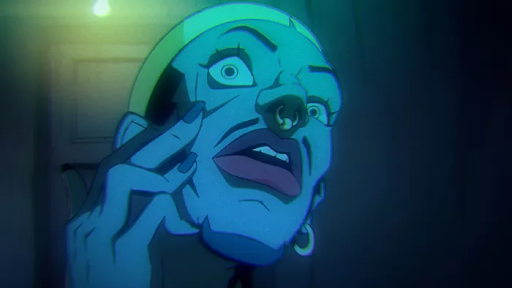
LUZ DIABLA
Director: Paula Boffo, Gervasio Canda, Patricio Plaza
LUZ DIABLA is a hypnotic, pulsating fever dream of gay raver horror, drenching its audience in a holographic, strobe-lit nightmare that feels like it crawled straight out of a glitching VHS tape. The story surrounds a young queer raver who stumbles into a surreal roadside tavern after a strange accident, only to spiral into paranoia and supernatural terror. The animation style is nothing short of mind-melting—an intense, flickering kaleidoscope of neon distortion that must have been an absolute headache to animate. It captures the delirium of late-night club culture while twisting it into something deeply unsettling. A perfect short for the BRAT era, LUZ DIABLA is as much an audiovisual assault as it is an immersive horror experience that lingers long after the lights stop flashing.
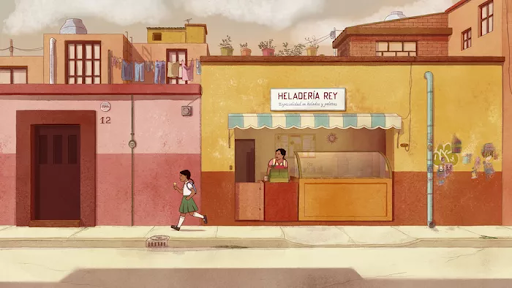
COMO SI LA TIERRA SE LAS HUBIERA TRAGADO
Director: Natalia León
One in 10 women are killed every day in Mexico, and the rippling effects of generational femicide are felt deeply across the country. COMO SI LA TIERRA SE LAS HUBIERA TRAGADO, which translates to “As if the Earth had swallowed them up,” encapsulates the devastating reality of the thousands of women who disappear each year, a crisis director Natalia León unpacks with poignant visual storytelling and emotional weight. We are shown the perspective of a young woman, Olivia, as she navigates the internal and external wounds cast upon her during her visit to her hometown, immersing us in her perspective as she navigates the ever-present dangers that still linger in the streets of her past. It’s no surprise this short won Sundance’s Jury Award for Animation with its ability to translate systemic horror into a deeply personal, yet universal, experience that is both a call to awareness and a reckoning with the silent terror that so many Mexican women live with daily.
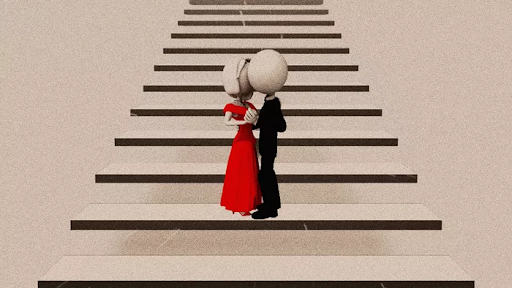
PARADISE MAN (ii)
Director: Jordan Michael Blake
Not going to lie, I wasn’t prepared for a movie that looks like it was thrown together in Microsoft Powerpoint to be one of the most existential meditations of Sundance. PARADISE MAN (ii) hit me in the feels as a surreal meditation on perfectionism, identity, and the absurdity of chasing impossible goals, told through a bizarre and mesmerizing blend of stock animations, hypnotic visuals, and golf metaphors. As a former corporate girly perfectionist trying to find meaning in the world post-being laid off, watching PARADISE MAN spiral over an impossible standard of reaching a hole-in-one felt a little too real. The film’s aesthetic is both intentionally artificial and deeply immersive, with grainy textures and looping GIFs giving it a dreamlike, liminal quality that somehow makes the emotional depth hit even harder. I admire director Jordan Michael Blake’s ability to take something as mundane as stock footage and repurpose it into an introspective, darkly funny journey.
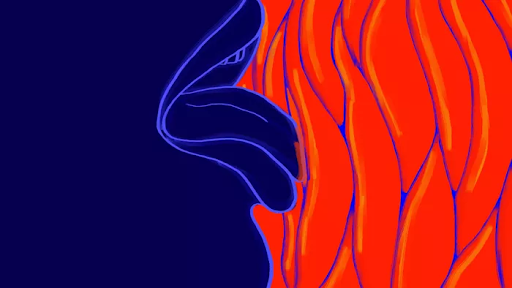
EATING OF AN ORANGE
Director: May Kindred-Boothby
Surreal, sensual, and darkly dreamy, THE EATING OF AN ORANGE explores lesbian desire, the breaking of convention and the quiet rebellion of pleasure. The orange acts as a metaphor for self-discovery and sexual awakening, rich with vaginal imagery evocative of Georgia O’Keeffe paintings, visually reinforcing its themes of feminine sensuality and the tension between repression and indulgence. Watching the characters trapped in a rigid, conventional world be offered something as sweet, sticky, and unruly as an orange, we are invited to partake in a luscious and tactile, yet abstract, embrace of desire without shame. It captures something provocative, quietly radical, and deeply relatable: the exhilaration (and fear) of stepping outside the lines, of embracing the forbidden, of tasting something you’ve been told you shouldn’t want.
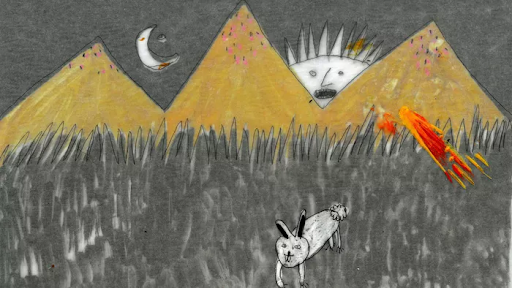
BUNNYHOOD
Director: Mansi Maheshwari
Shown as a part of the Midnight shorts, BUNNYHOOD is a fever dream of childhood betrayal, spun through scratchy, frenetic hand-drawn animation that feels like the scribbles of a kid trying to make sense of something too big, too scary, too unfair. The film follows a young girl lured into a surprise hospital visit by her mother under the guise of a fast food trip, only to be abducted by what appears to be monstrous, bunny-headed doctors who want to steal her appendix. The animation style is raw and unfiltered to mirror the overwhelming paranoia of being a child who realizes, in real-time, that the people you trust the most can lie to you. BUNNYHOOD poignantly portrays the feeling you get in the moment that you realize the adults who were supposed to protect you might not have had all the answers. It is a funny but darkly cathartic ode to the messy, complicated ways we process betrayal and the stories we tell ourselves to survive.
LIVE ACTION
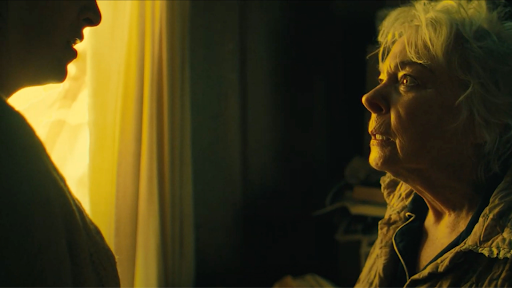
THE THINGS WE KEEP
Director: Joanna Fernandez
Just last month, I spent several days sorting through the hoarded remains of my mother’s life as her progressive white matter disease and dementia continue to steal more of her from me. I know firsthand the torment of unearthing painful histories buried beneath years of accumulation. THE THINGS WE KEEP hit me deeply as a chilling, all-too-real horror story about the weight of inherited trauma between mothers and daughters—told through the lens of compulsions and the terrifying grip of hoarding. Masterfully blending supernatural horror with the deeply unsettling reality of hoarding as both a survival mechanism and a curse, the film strikes a visceral nerve. The fear isn’t just in the sinister forces lurking within the walls, but in the suffocating dread of sorting through the past while the present slips away. The desperation, the sorrow, the overwhelming sense of entrapment—it’s all captured in a way that feels both deeply personal and universally haunting. At its core, THE THINGS WE KEEP is a parable about the terror of becoming our parents, of being trapped in cycles we never asked for, and of confronting the things we carry—both physically and emotionally—before they consume us whole.
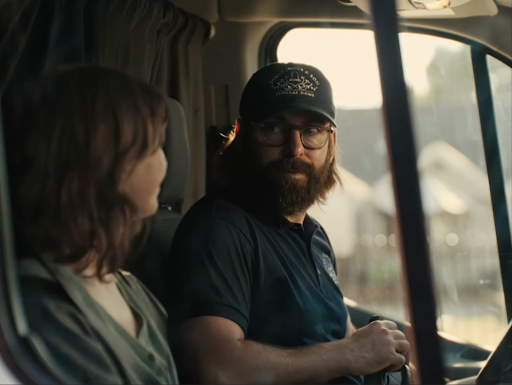
OUT FOR DELIVERY
Director: Chelsea Christer
I couldn’t imagine a worse Hell than navigating a bureaucratic nightmare at the end of my life. Luckily, OUT FOR DELIVERY turns that premise into a darkly hilarious takedown of a system that makes dying far more complicated than it should be. Following a woman attempting to carry out her choice under the Death With Dignity Act, the film brilliantly contrasts the gravity of her decision with the absurdity of modern convenience culture—her final moments derailed by shipping delays, frustrating customer service calls, and the impersonal logistics of on-demand corpse pickup. Deanna Rooney carries the film with impeccable comedic timing, balancing desperation and deadpan exasperation while maintaining an underlying warmth that keeps the humor deeply human.
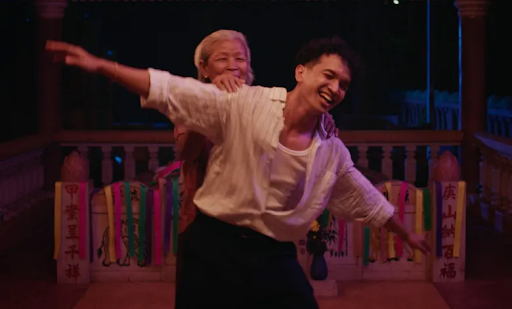
GRANDMA NAI WHO PLAYED FAVORITES
Director: Chheangkea
Directed by Cambodian filmmaker Chheangkea, this hilarious and striking ghost story about familial expectations and unconditional love won Sundance—and my heart—with its playful yet poignant approach to queer identity within a suffocating culture of tradition and social norms. When Meng, a closeted young man, is nudged toward an arranged marriage by his well-meaning but intrusive family during the Qingming festival, his deceased grandmother refuses to let him settle into a life that doesn’t align with his truth. Spiriting herself away from the grave, she crashes karaoke night in what became my favorite laugh-out-loud moment of the festival—changing the music from a sensual sway to a Beach Boys-esque upbeat bop to derail any chance of a compulsory heterosexual arrangement. With every spectral interference, Meng’s carefully constructed façade begins to crumble, forcing his truth to the surface. As sentimental as it is funny, GRANDMA NAI WHO PLAYED FAVORITES finds its heart in Saroeun Nay’s impeccable comedic timing and spectral sass. The cinematography reflects Meng’s internal journey, shifting from the bright warmth of a family gathering to the moody, intimate lighting of the karaoke bar, mirroring his transition from suppression to revelation. While homosexuality is neither criminalized nor fully embraced in Cambodia, Meng’s silence speaks volumes about the pressures of tradition and the quiet battles fought for familial harmony. Yet through Grandma Nai’s unyielding love—her refusal to let even death sever their bond—Chheangkea presents a vision of what queer acceptance could look like: a family that refuses to let its members shrink themselves to fit outdated molds. The film beautifully challenges the notion that older generations cannot change, proving that understanding, acceptance, and unconditional love can transcend even the afterlife.
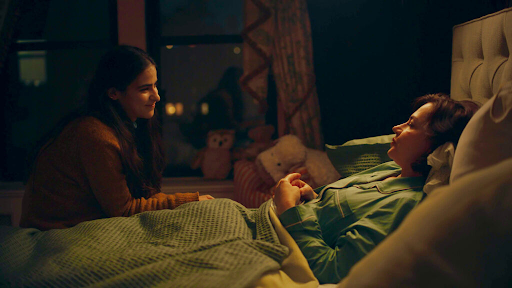
GOODNIGHT
Director: Isabel Pask
Being a caretaker is some of the most fulfilling work, but burnout is real. As someone studying mental health, I deeply related to Daria’s quiet desperation—not just for rest, but for the chance to, for once, be cared for instead of always caring for others. No wonder so many people in high-stakes roles find solace in reverting to childhood. In the beautifully crafted GOODNIGHT, a hospice nurse hires her children’s babysitter to look after her for the night, slipping back into the comfort of being fed, bathed, and put to bed like a child. What follows is a poignant exploration of vulnerability, boundaries, and the human longing for play and safety in adulthood. Isabel Pask’s direction is delicate and deliberate, revealing the tension between the transactional nature of paid care and the deep, unspoken need for connection. Dagmara Dominczyk delivers a stunning performance, balancing mortality’s weight with the fleeting joy of surrender. GOODNIGHT lingers long after the credits roll, a tender meditation on the cycles of care and the unspoken ways we seek—and give—comfort.
DOCUMENTARY

THE FLOWERS STAND SILENTLY, WITNESSING
Director: Theo Panagopoulos
“I look at the past, unable to cope with the present, but the archive can’t hold my grief. These images of flowers hide violence in beauty. These images of flowers legitimised power of others. These images of flowers led us today. A land currently dehumanised.”
THE FLOWERS STAND SILENTLY, WITNESSING is a quiet yet radical act of cinematic resistance—an elegy for a history nearly erased. Director Theo Panagopoulos, a Scottish filmmaker of Palestinian descent, reclaims archival footage of Palestinian wildflowers from the 1930s and 1940s, originally filmed by a Scottish missionary. But the flowers, once the focus, become secondary as Panagopoulos shifts our gaze to the people in the background—Palestinians, whose presence was almost incidental in the original framing. Out of 45 minutes of footage, only two minutes depict Arab Palestinians, their faces barely visible, a haunting metaphor for historical erasure. Through sparse yet piercing intertitles, the film questions who gets to document history and who gets to be remembered, drawing painful parallels between past and present as Palestine continues to be dehumanized and destroyed. Where today we see only rubble, this film restores landscapes, lakes, wildflowers, and lives—reminders of a world that existed before occupation and violence. Winner of the Short Film Grand Jury Prize at Sundance, this film is both an archive of grief and an unflinching act of defiance.
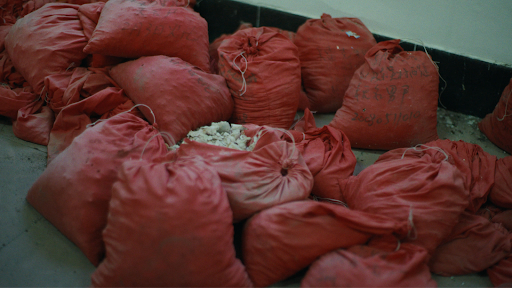
DEATH EDUCATION
Director: Yuxuan Ethan Wu
Having just finished a Psychology of Death and Dying class, I was struck by how many cultures avoid speaking about death entirely, and how the process of dying is often hidden, sanitized, or ignored. DEATH EDUCATION does the opposite. This stark and contemplative documentary follows a high school teacher in China who introduces a class on death, culminating in a Tomb Sweeping Day ritual where students bury the unclaimed ashes of the dead. The film lingers on quiet, reverent moments: a red cloth bag labeled unnamed male, a field of unmarked graves, young students carefully placing ashes into the ground. There is no soundtrack, only the hum of whispered reflections, reinforcing the weight of mortality. In many Asian and Western cultures, death is something to be feared and pushed away, but DEATH EDUCATION breaks that taboo, forcing an open discussion that extends far beyond China. To acknowledge death is not to invite it—it is to understand life more fully.


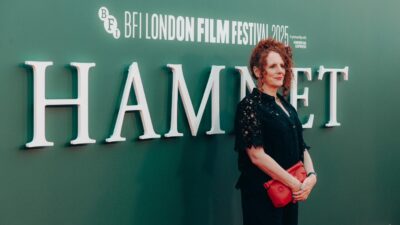









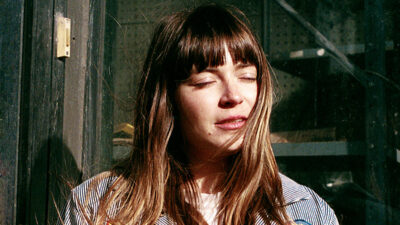
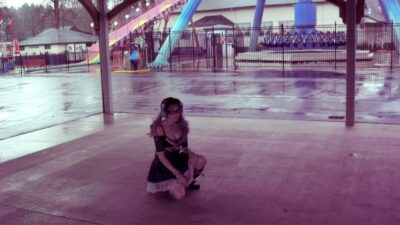
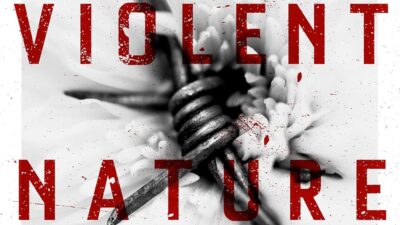
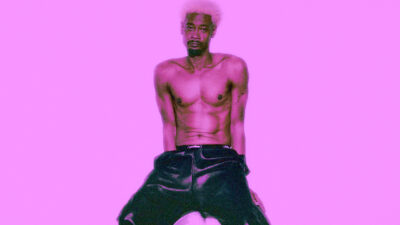
Comments